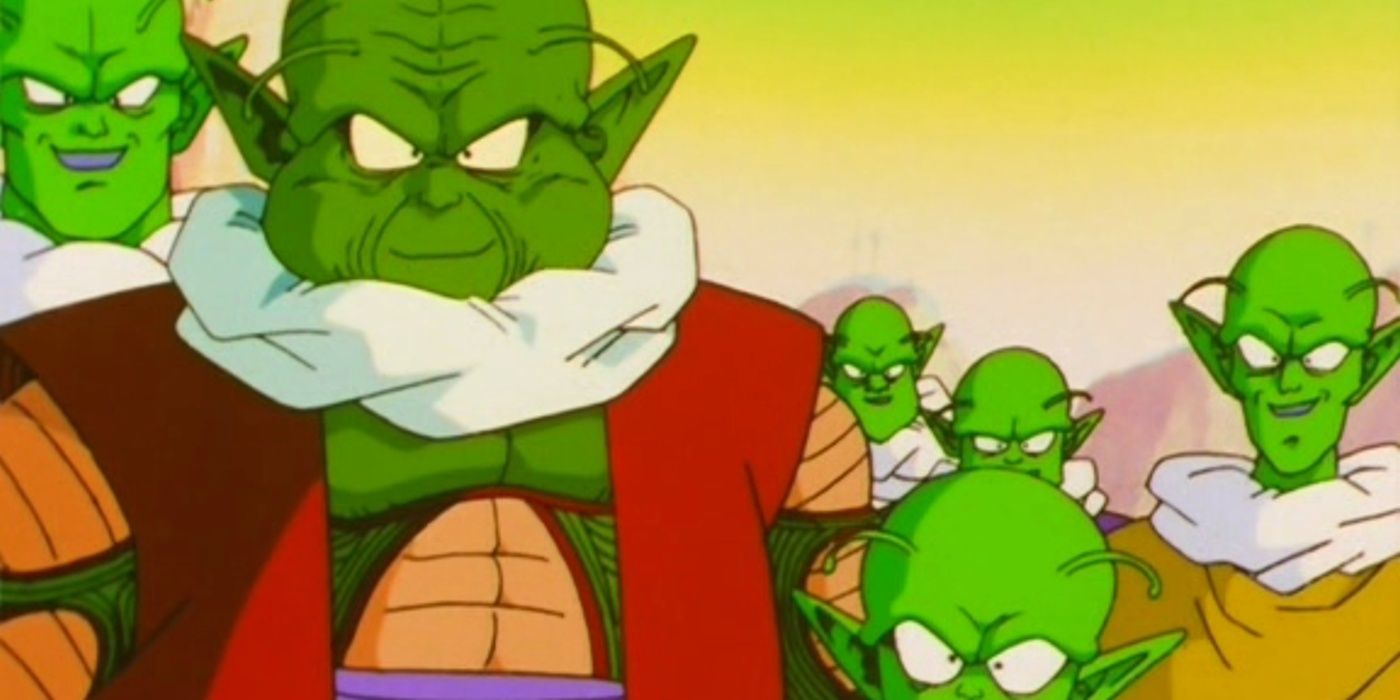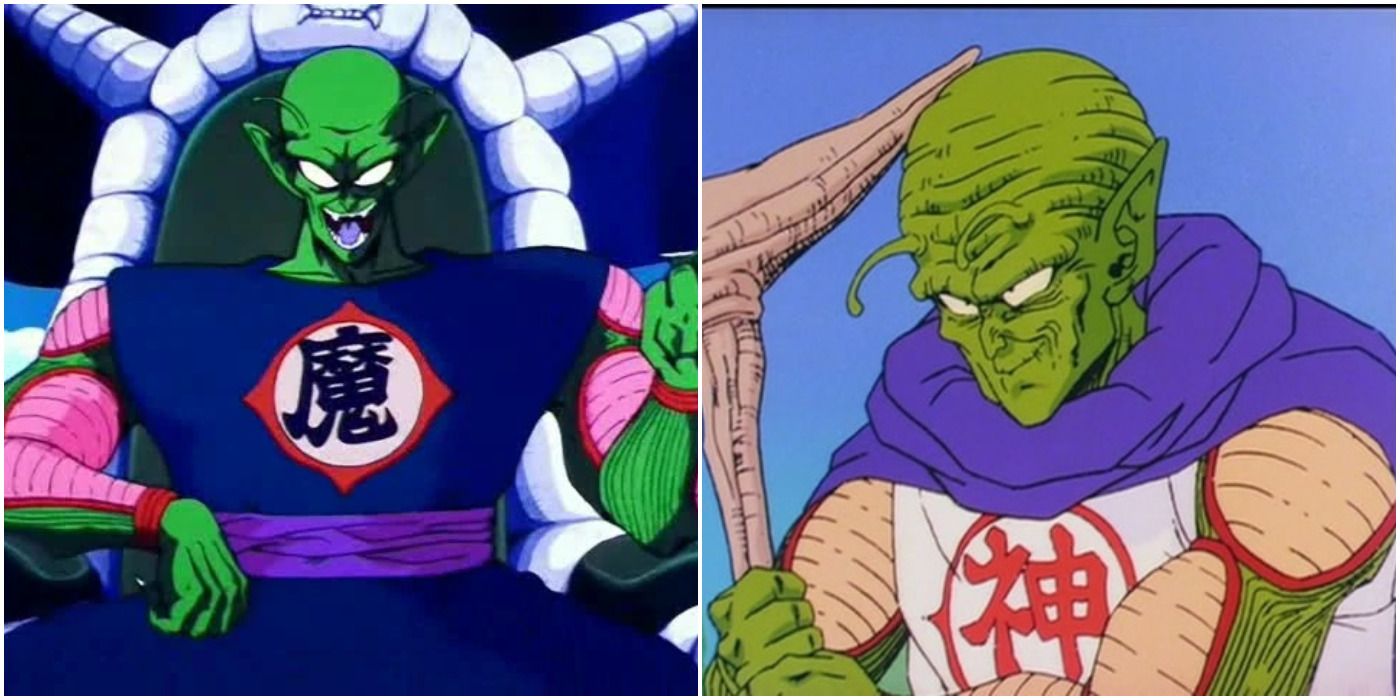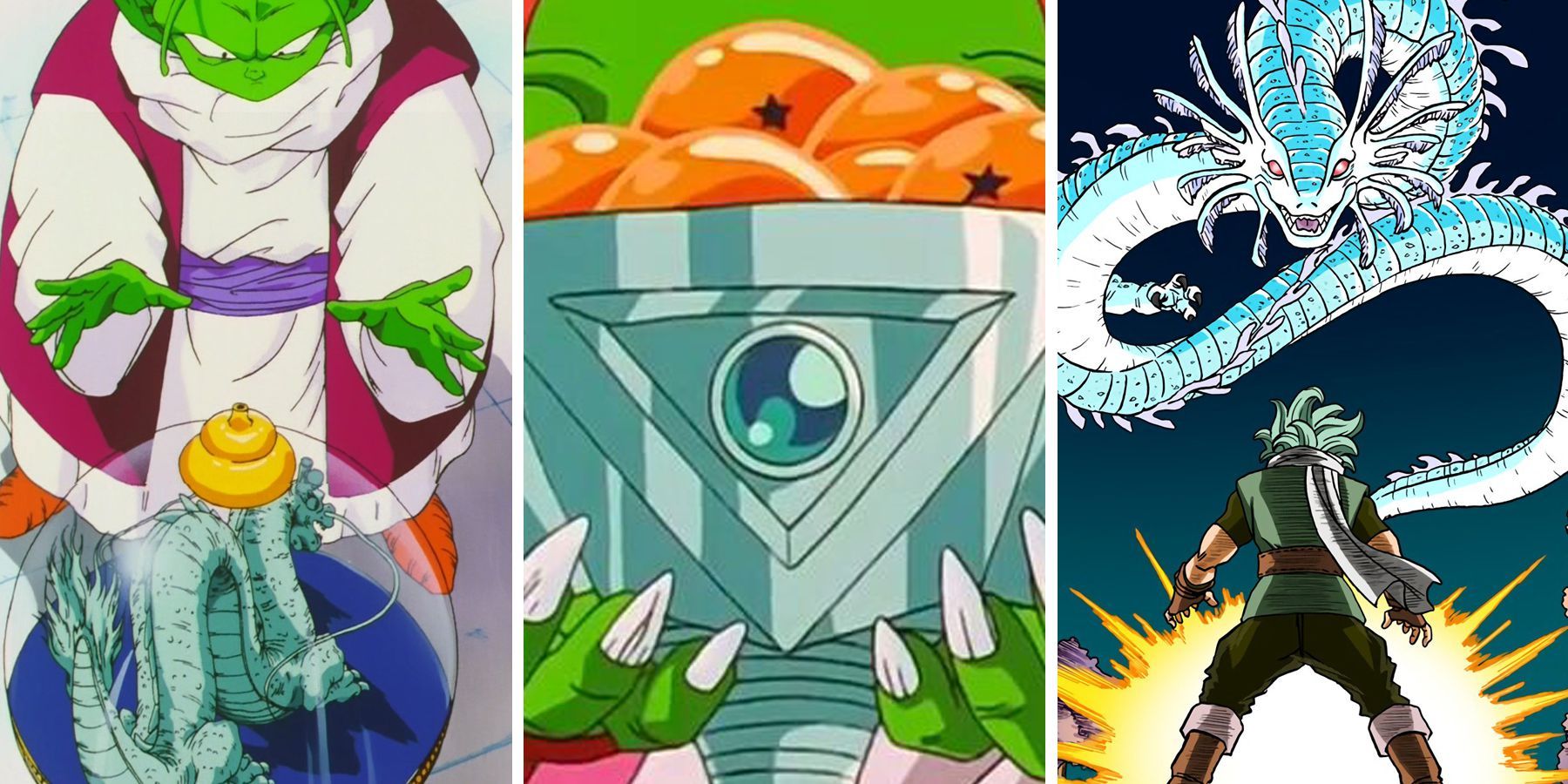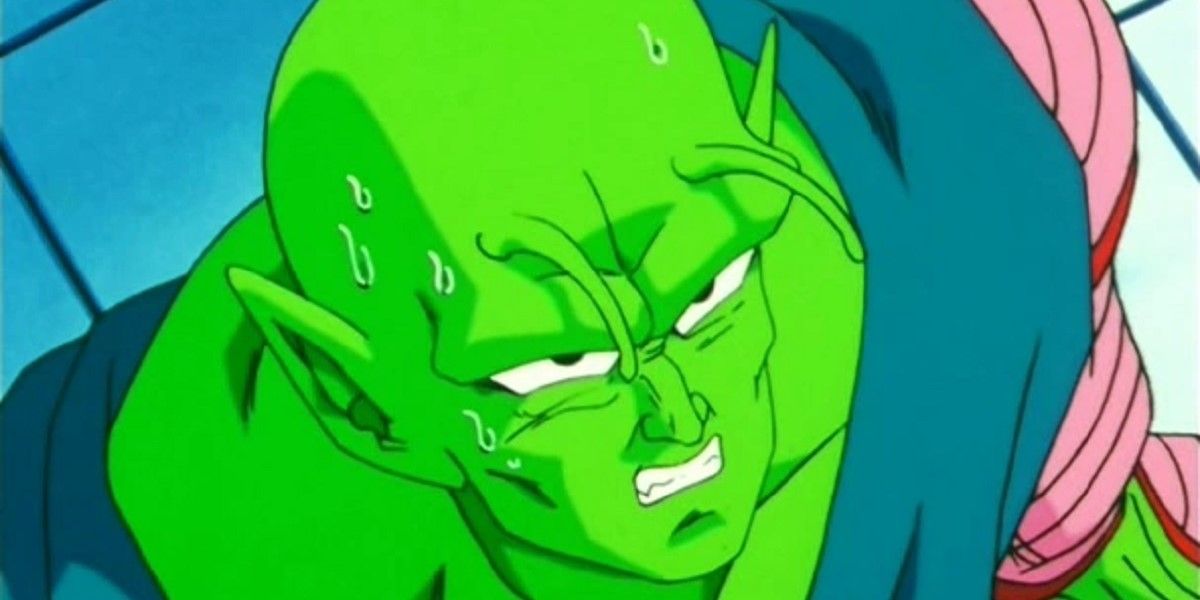Highlights
- Dragon Ball characters are named after food, objects, or concepts by Akira Toriyama, inspired by his first work, Dr. Slump.
- The Namekians are based on slugs, reflected in their name, planet design, lore, and traits such as regeneration and reproduction.
- Most Namekians are named after musical instruments, while others take inspiration from the slug theme, highlighting Toriyama's naming sense.
As most fans of the franchise, and of anything else Akira Toriyama created over the course of his life may already know, Dragon Ball characters are all named after food, objects, or concepts. This thematic naming sense is something he carried over from his first major success, the Dr. Slump gag manga series first released in 1980, and has never left his bag of tricks.
Some of the puns behind the various character and concept names are quite obvious, like the vegetable-based names of the Saiyans (and actually, the word "Saiyan" itself), but others aren't so clear to fans of the series who don't speak Japanese. One such pun is the one that inspired the name of the alien race responsible for the invention of the Dragon Balls themselves, the Namekians. Where did the word come from?
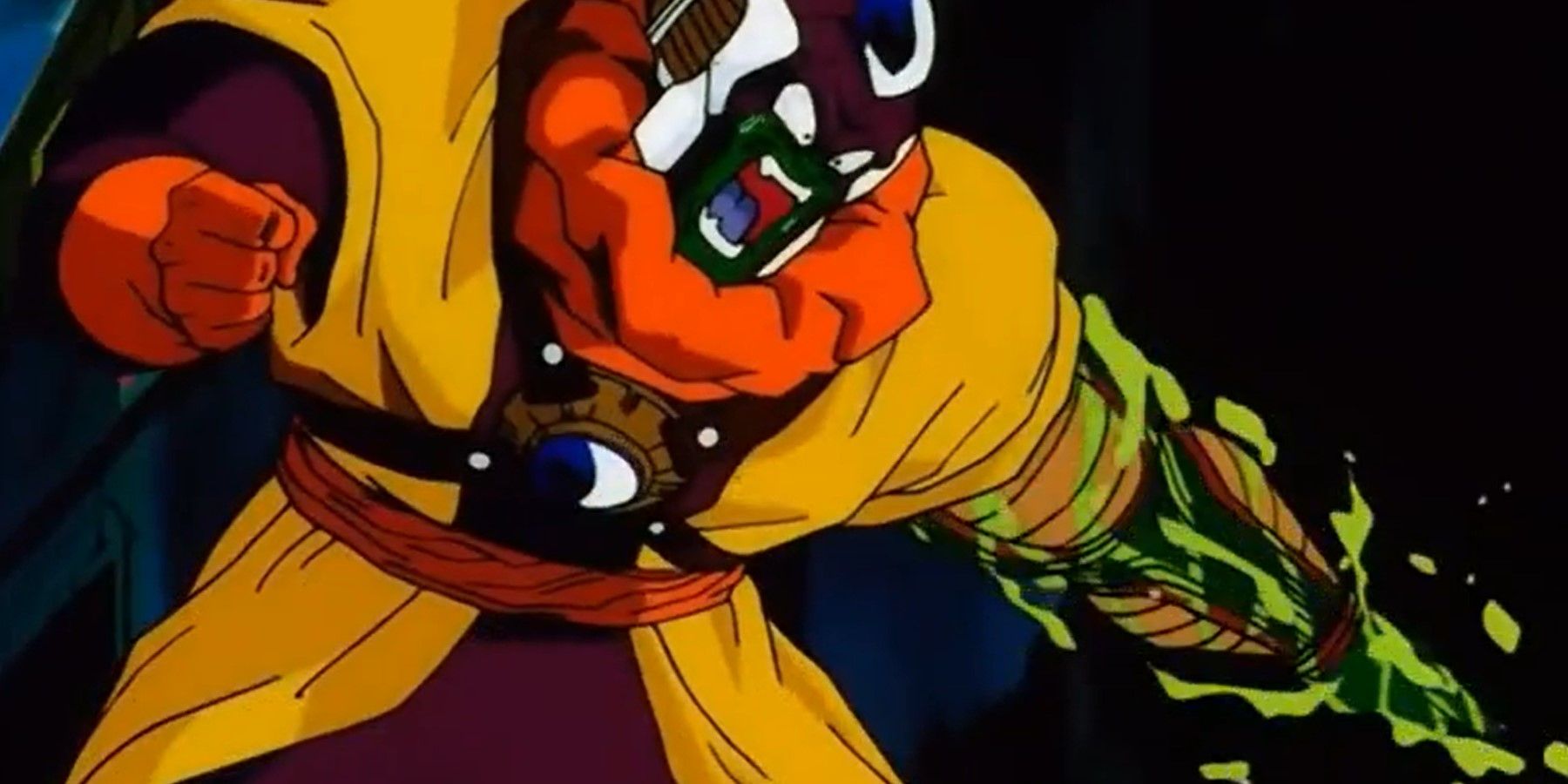
Dragon Ball: Does Orange Piccolo Make Slug Canon?
Is it possible that Piccolo's Orange transformation points towards the canonical existence of Lord Slug?
The Musicality of Namek
Peace-Loving Magical Aliens
The Namekian race is first introduced as a race of demons because of the introduction of Demon King Piccolo, the most significant villain faced by Goku as a child. The evil Piccolo, who was once joined together with Kami to create the nameless Namekian, took over the world, and sent his offspring, Cymbal, Tambourine and Drum, to locate and murder the world's most powerful martial artists so that there would be no one capable of ever standing up to his tyranny. This would also remove the possibility of his being sealed away like he was hundreds of years prior to his revival in Dragon Ball by Roshi, Shen, and their master, Mutaito. As you may have guessed, Piccolo and his offspring all have names related to musical instruments, with the piccolo being a flute-like instrument, and the tambourine being a percussion instrument like a drum.
Demon King Piccolo's offspring did not at all resemble normal Namekians, who are generally green-skinned and sport two antennae sprouting forth from the top of their heads. Softer parts of their flesh take on a pinkish hue, but in the case of Cymbal, Tambourine and Drum, it may be that King Piccolo's evil made them severely deformed such that they no longer resemble regular Namekians, but live up to the idea that they are literal demons. Aside from Piccolo and his warped offspring, Namekians are generally a peace-loving race best known for their creation of the franchise's titular McGuffin using their magical powers. In Dragon Ball Super; however, Universe 6's God of Destruction Champa reveals that the Namekians in his universe created their Dragon Balls from the Super Dragon Balls that are spread across Universes 6 and 7, suggesting that the latter universe's Namekians did the same. They also do not eat, they sustain themselves by drinking water.
How They Got Their Name
It's Actually Right on the Nose
For the name of the planet, the designs of the Namekians themselves and some of the lore surrounding them are things that are all inspired by the fact that they're just slugs. In fact, the word Namek and its derivatives are all based on a play on the Japanese word for a certain mollusk. In Japanese, "namekuji" is the word for "slug", and "Planet Namek" is "Namekku-sei"; while "Namekian" is "Namekku-seijin" (literally, "person from Planet Namek"). The reason why they're green, have antennae, lack any kind of sexual dimorphism (let alone female Namekians) and only drink water is a direct result of them being inspired by slugs, which are animals that require lots of moisture to survive because their flesh is prone to dessication. Their bodies are primarily made up of water, and unlike snails, they lack shells, so their soft tissues are always out in the open. Interestingly, the Planet Namek has multiple suns, so it must be difficult for them to survive; however, there is also plenty of water on the planet's surface.
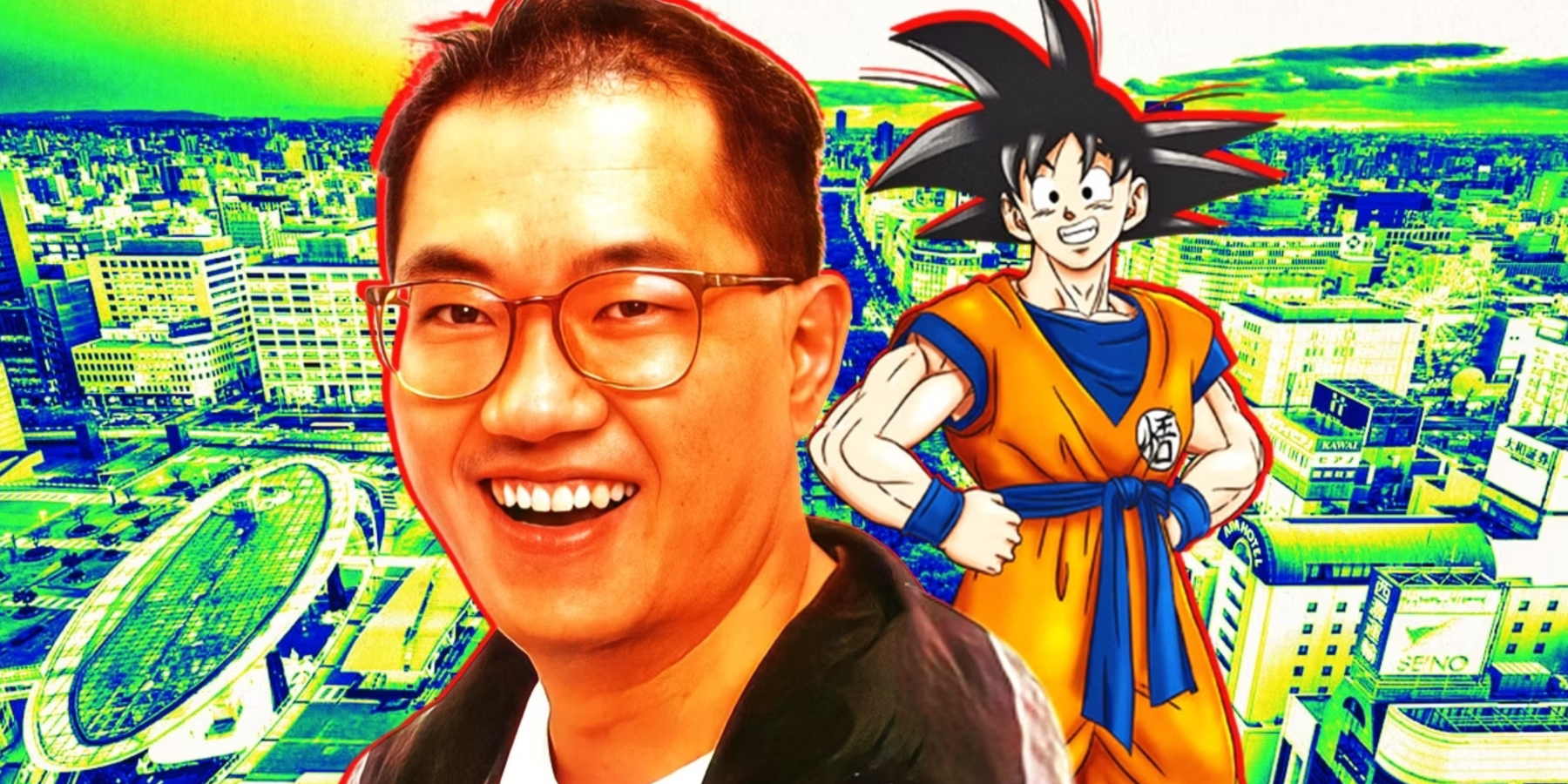
How Akira Toriyama Shaped Shonen Anime Into What It Is Today
Akira Toriyama left a lasting mark on the shonen genre, shaping it into what it is today.
Namekians do not have reproductive organs, something that might be an extension of the hermaphroditic nature of slugs, which explains why characters like the Grand Elder Guru and Demon King Piccolo were capable of giving birth to various others through laying eggs. While they initially bled red blood, Namekians have been shown to bleed a purplish liquid in the Funimation version, and whenever they lose appendages, they're capable of regenerating them, which in turn leads to their secretion of a greenish mucus from the site of the injury, which may be an extension of some slugs' ability to detach their own tails when threatened. Namekian hearing is very good, and Goku and his friends were able to take advantage of this sensitivity during the fight against the Super Namek, Lord Slug, who gigantified as a last-ditch effort to defeat Goku. As it turns out, gigantification just made his sensitive hearing all the more so, and the sound of whistling was irritating enough to give Goku the advantage. The Namekians' generally peaceful disposition might also be an extension of the overall helplessness of slugs, which are prone to predation.
Naming Sense
The Missing Notes
While the overwhelming majority of Namekians have names related to musical instruments, there are a lot of the named Namekians whose names do not follow that same pattern. Piccolo and all his offspring are named after instruments, while Nail, Piccolo's uncanny lookalike on Namek is named after the nail violin, although it's also likely that his name is simply "snail" without the "s-". Kami's name is simply the Japanese name for "god", and Grand Elder Guru is simply referred to by his title. When they aren't named after musical instruments, Namekian names reflect the fact that the entire race is inspired by slugs, hence Lord Slug, from Planet Slug, and Planet Cereal's resident Namek, Monaito, whose name is derived from a Japanese pronunciation of the word "ammonite" ('amonaito'). An ammonite is an extinct sea creature the shells of which have been found fossilized, preserving their spiral pattern, and due to Monaito being an incredibly old Namekian, the name fits. His original name would have been Slug; however, it was changed to avoid confusion with Lord Slug.
During the Frieza Saga, the Emperor of Space orders the murder of various Namekian children, including Dende's brother Cargo, whose name is derived from the French word for snail, "escargot"; while another Namekian child, Esca, gets his name from the first part of the aforementioned. Dende himself gets his name from "dendenmushi", a word that was once an old Tokyo word for snail and has become popularized by the transponder snails in the One Piece universe. Katas, the father of the nameless Namekian who became Kami and Piccolo, gets his name from the first part of the word "katatsumuri", the Japanese word for snail, while the village elder who was found by Frieza's forces during the events of the Frieza Saga is named Moori; a play on the second part of the aforementioned.

How Death Lost All Meaning In Dragon Ball Z
Here's why death became an easily reversible phenomenon over the course of the series, making it lose all sense of finality.

